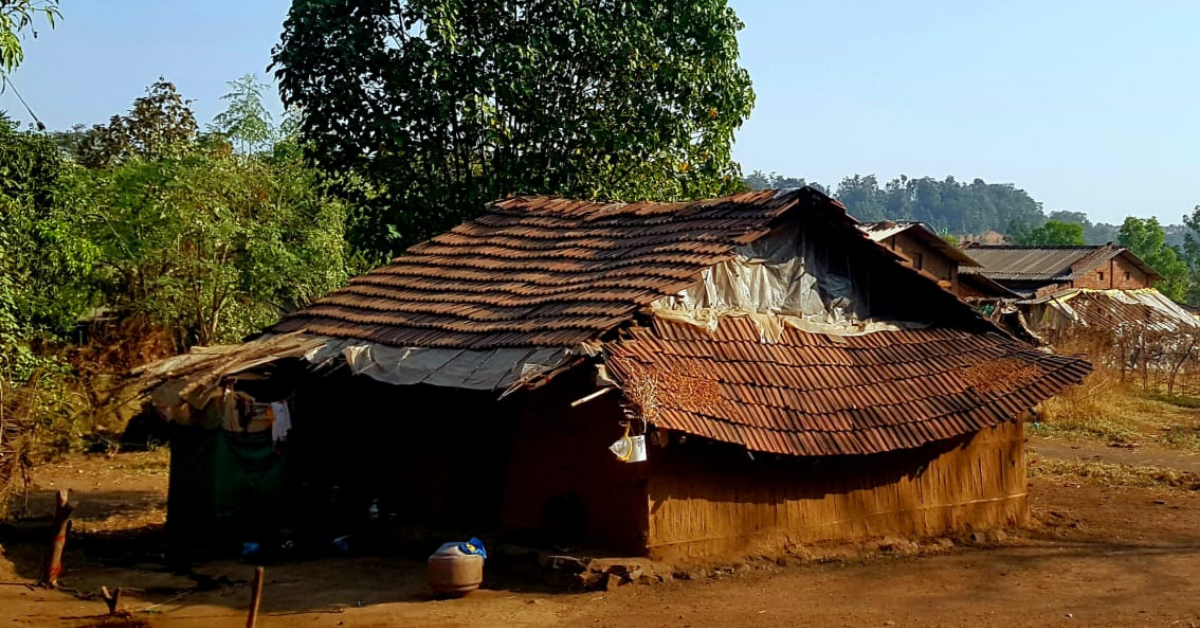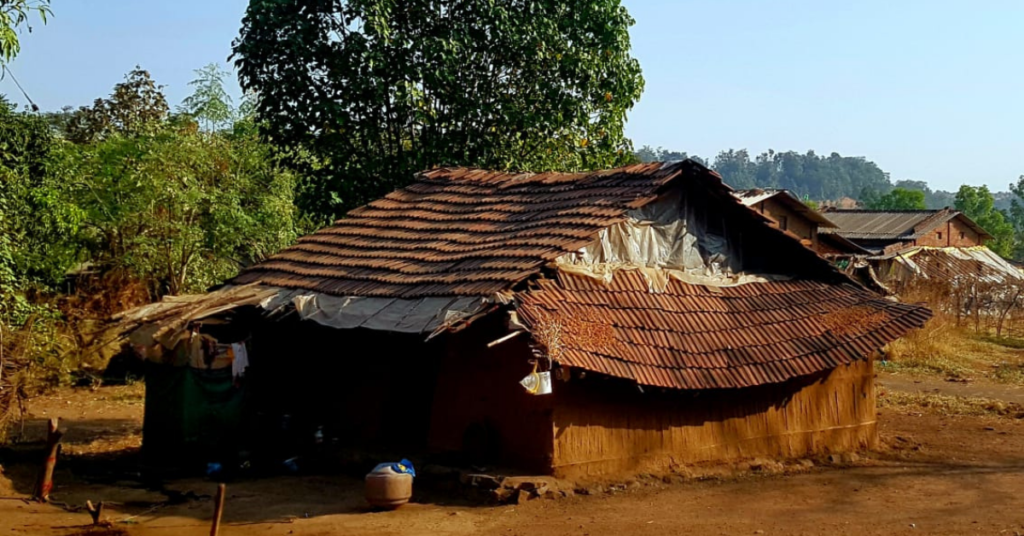Nestled in the heavily forested Jawhar taluka of Palghar district, lies a sleepy little village called Kaulale. While it is breathtakingly beautiful and looks like it was plucked out of the pages of a children’s storybook, the village is struggling. There is widespread unemployment, water scarcity and caste conflict.
“Everyone thinks that education will change the situation. But the truth is that many have to drop out of education because of their situation. Yes, it is a strange circle of circumstances,” says 45-year-old Chintaman Palve trying to explain the situation in his village. He asks, “Those who drop out are only left with the option to seek daily wage work. But what if even employment is not available in the village?”
Then there is no choice but to migrate. He himself is an educated man and his son Akshay, is studying in the 12th standard. The boy lives with his relatives in Navi Mumbai so he can focus on his education.
CJP’s Grassroots Fellowship Program aims at empowering young men and women, from the communities we work closely with, including migrant workers, Dalits, Adivasis, forest workers among other disadvantaged people, to report on issues closest to their hearts and home. Please Donate Now to empower our grassroots fellows.
Palve says that since the village is on a mountainous terrain, all the rain water runs down the slope. “Even those villagers who own land can only farm it in the rainy season. After the monsoons, most people migrate out of the village in search of employment in the cities,” he says. “The problem of water scarcity in summer is intense in the village. There is no drinking water for humans as well as animals. While water tankers do come from the government there is no fixed time for that. It is all left to chance really,” he laments.
Some villagers had migrated to the city before the Covid-19 lockdown. Twelve of them had been working on a construction site in Thane. They still haven’t received their wages, Pankaj Gode (22), Kiran Gode (20) and 10 others say they are still yet to get the Rs 53,900 due to them. However, even after this experience Kiran, Pankaj and other villagers have migrated to other areas with new hopes for employment.
Kaulale village is located just 10 km away from the city of Jawhar, that is at an altitude of well over a thousand feet above sea level and is famous for its cool air. This historic city is now a part of Palghar that was carved out of Thane as a separate district. The plateau to the east of the district was once a tribal state. Jawhar has a blend of old and new palaces. Behind the main palace is a forest road leading to Wada taluka. The road leading to the palace is actually a rough one, full of overgrown forests, some streams, and rivers. Travelling that road late at night can be scary.
Kaulale village is alongside this road. Kolis live on one side of the village, and the Warlis live on one side. On the way to the village, I saw a tribal deity made of wood in an open space in the courtyard. A villager said that this deity has been here for many years.
It was late night, when I reached the village. I had traveled on a motorcycle with Bhaskar Jaber from the village. Except for the small villages along the way, it was dark everywhere. We could hear the sounds of various birds and night insects. It was as if the bushes themselves were creating these rhythmic buzzing sounds. The rest of the village was as quiet as the night sky. I saw the domestic animals tied up for the night in the courtyards of some houses in the village. That night I stayed at Bhaskar Jaber’s house. His family had made a delicious dinner and welcomed me like a daughter into their beautiful home. There was a structure woven from bamboo, I was told it was to store grain.
The next day I was treated to freshly cooked local bread, it was a delicious breakfast and we ended up discussing many things as we ate. I learned that the village is inhabited by two ‘castes’, but now that has resulted in some kind of a division, hence the people often lose out on development. Later, I went out to interact with the villagers.
It was a wonderfully peaceful village morning. I saw a woman fetching water. As it was cold that morning, there were groups of people sitting around a bonfire in the yard warming themselves up. The little children were busy playing even at those early hours. Some others were walking towards the forest to fetch firewood for their homes. A grandmother was sitting picking amadode (a sour-tasting fruit of a tree called Ambadi) from the field. The old man was seen playing with the children in the house. This was a different way of living in this village.
However, it is not all idyllic and picture perfect. I learnt that even in this sweet little village there were quarrels between the two groups, often during elections. A village elder recalled that a few years ago, the access to drawing drinking water from a well was cut off because it was in someone else’s field. So, a dispute broke out in the village. These were said to be one of the caste disputes and an example of factionalism that has become a major obstacle to development.
I was left wondering what kind of solution will settle such a complex problem. Perhaps it has to come from the people themselves. Maybe, the next time I visit, an answer will present itself. Some images from Kaulale may be viewed here:

This report is part of CJP’s Grassroots Fellowship Program, and has been written by Mamta Pared who hails from the Warli tribe and lives with her family in Nimbavali village in Palghar district. Here she showcases how caste divisions, water scarcity, unemployment, migration, threaten life even in the most beautiful places, unless the people take charge.
Meet Mamta Pared
Mamta Pared is a young Adivasi woman hailing from the Warli community. She lives with her family in Nimbavali village in Palghar district. Her mother is unlettered, while her father was educated up to the fourth standard. After they got married, her parents started working together at a brick kiln. Every year, their family used to migrate for employment and live near brick kilns, six out of twelve months. There are five siblings, the youngest was born when Mamta was five years old. As the eldest daughter in the family, she was responsible for caring for her siblings, and also helped with household chores. She had to skip school frequently and stay home to take care of her brothers. But she studied hard, passed scholarship exams, stayed in a government hostel, even borrowed money to pay college fees. Mamta eventually earned a Bachelor’s degree in Mass Media.
Related:
What happens if an ‘unregistered’ labourer dies suddenly?
Hard work and resilience: The success story of two men from Jawhar

